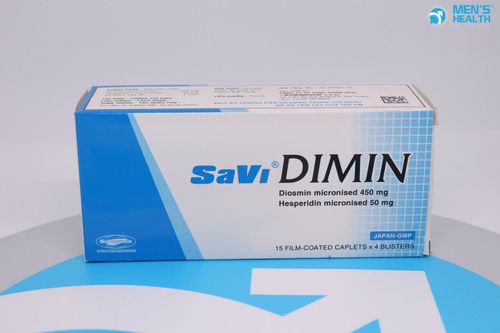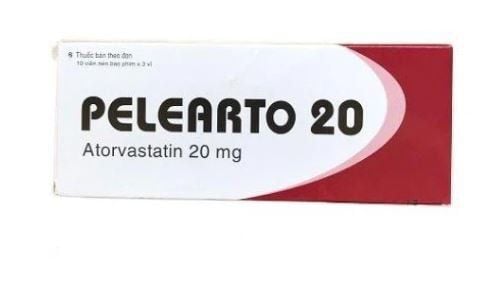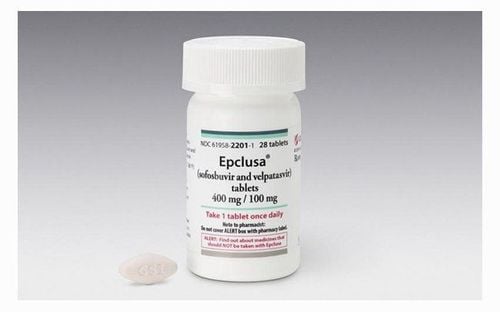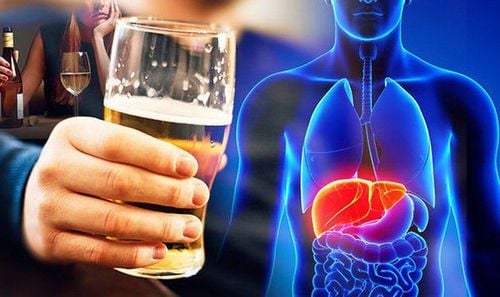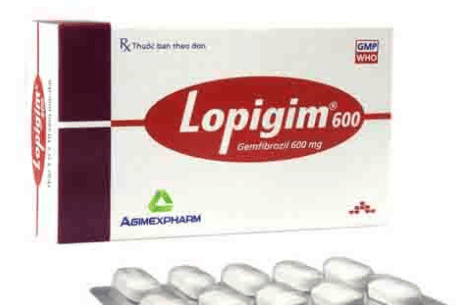This is an automatically translated article.
The article is written by Master, Doctor Mai Vien Phuong - Gastroenterologist - Department of Medical Examination & Internal Medicine - Vinmec Central Park International General Hospital.
The hepatitis C virus has a supportive relationship with the host's lipid and lipoprotein metabolites, which the virus uses for many important steps in its life cycle. The hepatitis C virus circulates as lipid-rich granules that use lipoprotein cell receptors to enter the liver. In hepatocytes, it affects lipid metabolism.
1. Overview
The association between chronic hepatitis C infection and extrahepatic manifestations (EHM), especially cardiometabolic disease, has been studied extensively. However, there is no adequate assessment of extrahepatic manifestations following viral cure. Several multi-pronged mechanisms have been proposed to explain the potential for development of extrahepatic manifestations of hepatitis C virus (HCV), cardiometabolic mechanisms as well as the effect of antiviral therapy to address these manifestations. present outside the liver.
2. The relationship between blood lipids and hepatitis C
What are blood lipids? Blood lipids are "blood fats", an important component in the body. In fact, blood lipids consist of many different components, the most important of which is cholesterol.
It is known that the hepatitis C virus has a supportive relationship with the host's lipid and lipoprotein metabolites, which the virus uses for many important steps in its life cycle. The hepatitis C virus circulates as lipid-rich granules that use lipoprotein cell receptors to enter liver cells. In hepatocytes, it affects three mechanisms in lipid metabolism as follows:
Regulates lipid biosynthesis. Reduces mitochondrial β-oxidation, thereby lipid degradation. Reduced apolipoprotein exports, especially very low-density lipoprotein (LDL) cholesterol, resulted in significant intracellular lipid accumulation and decreased serum cholesterol, circulating blood proteins.
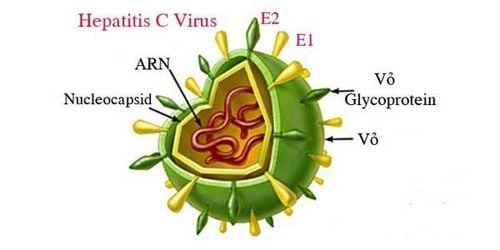
3. The relationship between the elimination of hepatitis C virus and the return of lipids
Several studies have linked successful eradication of the hepatitis C virus to a re-increase in blood lipid levels. Meissner et al (who investigated the effects of DAAs, sofosbuvir, ribavirin, on serum lipid profiles and lipid-related gene expression in the liver in patients with genotype 1 hepatitis C infection) reported that, Serum LDL and molecular size increased early in therapy, while triglyceride levels and very low-density lipoprotein (VLDL) cholesterol particle size decreased concomitantly, regardless of treatment outcome.
This observation likely reflects a direct effect on lipid metabolism in inhibiting hepatitis C virus replication. This concept has been further supported by several reports. Clark et al used cholesterol metabolites as an index to assess the impact of hepatitis C virus on lipid metabolism. In this study, genotype 3 but not genotype 2 showed selective interference with the late cholesterol synthesis pathway, leading to hypocholesterolemia.
However, this intervention resolved following sustained virological response. Another Japanese study including 100 subjects showed an early (within 28 days) recovery of LDL levels in interferon-free DAA-treated hepatitis C-infected patients. The increase was protocol-specific, more prominent in the group given daclatasvir and asunaprevir for 24 weeks than in the group given ledipasvir and sofosbuvir for 12 weeks. In addition, many reports relate lipid recovery to treatment response status. This is well demonstrated by Corey et al., who conducted a 2-step study to evaluate the relationship between hepatitis C infection and its treatment with lipid levels. After confirming that hepatitis C virus infection was associated with significantly lower LDL levels in the first step, they found that significant hyperlipidemia developed in patients who achieved viral clearance. , compared with those who did not respond or those who relapsed.
4. Role of HCV genotype in post-SVR hypercholesterolemia
In a similar context, further studies the role of HCV genotype in post-SVR hypercholesterolemia. In a study including 215 patients, Fernández-Rodríguez et al observed that increased serum cholesterol levels were associated with genotype 3 in patients who achieved SVR. In contrast, unchanged serum cholesterol figures were observed in genotype 3 and genotype 1 nonresponders, regardless of response. Although reversal of hepatic steatosis and hypolipidemia were reported only in genotype 3 in this study, there is ample evidence to demonstrate that reversal of hypolipidemia is not genotype specific. HCV.
5. Risk of atherosclerotic cardiovascular disease after eradication of hepatitis C virus
Many reports suggest that the increased risk of atherosclerotic cardiovascular disease after successful eradication of hepatitis C virus is the result of reversible hypolipidemia, which is expressed in high serum LDL and low LDL. small solid. The latter has great atherogenic potential and is a better predictor of cardiovascular disease risk than LDL.
The important question now is “whether these patients need lipid-lowering therapy”. According to the US National Cholesterol Education Program's Adult Treatment Guidelines, patients should be given lipid-lowering drugs for:
LDL > 100 mg/dL, if they have coronary artery disease or its equivalent. ; LDL > 130 mg/dL, if they have two or more major coronary artery disease risk factors; LDL > 190 mg/dL, with or without a major risk factor. Corey and his colleagues found that 13% of their studied cohort had post-SVR LDL levels requiring lipid-lowering therapy, as these patients were of value> 130 mg/dL plus the presence of two or more major coronary heart disease risk factors. However, prior to antiretroviral therapy, none of these patients had an LDL level requiring medication. Lipid elevations following treatment for hepatitis may reach clinically significant levels that necessitate consideration of cholesterol-lowering therapy.
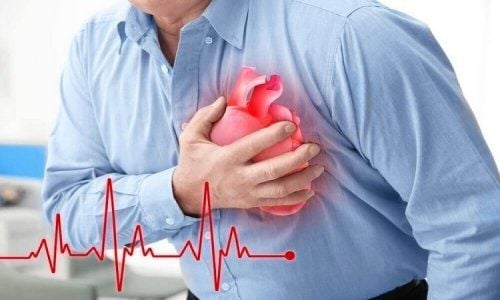
6. Conclusion
Extrahepatic manifestations including cardiometabolic status are commonly seen in patients with hepatitis C infection. Data for these conditions after hepatitis C virus eradication are inconsistent. However, the predominant evidence in the literature suggests that viral clearance using antiretroviral therapy leads to a decrease in lipid composition and a reduced rate of metabolic changes, such as insulin resistance and diabetes. , fatty liver and improve the risk of cardiovascular disease. To establish a stronger link between sustained virological response and extrahepatic manifestations, and to understand the precise mechanism of how antiviral therapies affect extrahepatic expression, more studies are needed. large study with long follow-up time.
Please dial HOTLINE for more information or register for an appointment HERE. Download MyVinmec app to make appointments faster and to manage your bookings easily.
References:
Shengir M, Elgara M, Sebastiani G. Metabolic and cardiovascular complications after hepatitis C virus cure: What lies behind. World J Gastroenterol 2021; 27 (17): 1959-1972 [DOI: 10.3748/wjg.v27.i17.1959] Perz JF, Armstrong GL, Farrington LA, Hutin YJ, Bell BP. Contribution of hepatitis B virus and hepatitis C virus infection to cirrhosis and primary liver cancer worldwide. J Hepatol . In 2006; 45 : 529-538. [ PubMed ] [ DOI ] Chayama K , Takahashi S, Toyota J, Karino Y, Ikeda K, Ishikawa H, Watanabe H, McPhee F, Hughes E, Kumada H. Dual therapy with a nonstructural 5A protein inhibitor, daclatasvir and the nonstructural protein 3 protease inhibitor, asunaprevir, in genotype 1b uninfected human responders. Liver Department. Year 2012; 55 : 742-748. [ PubMed ] [ DOI ]





